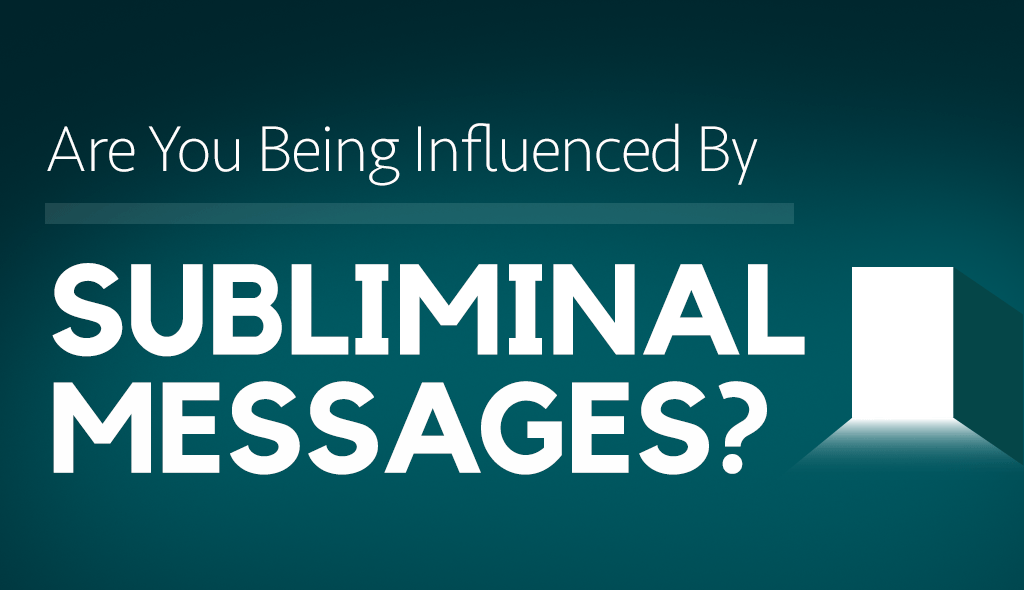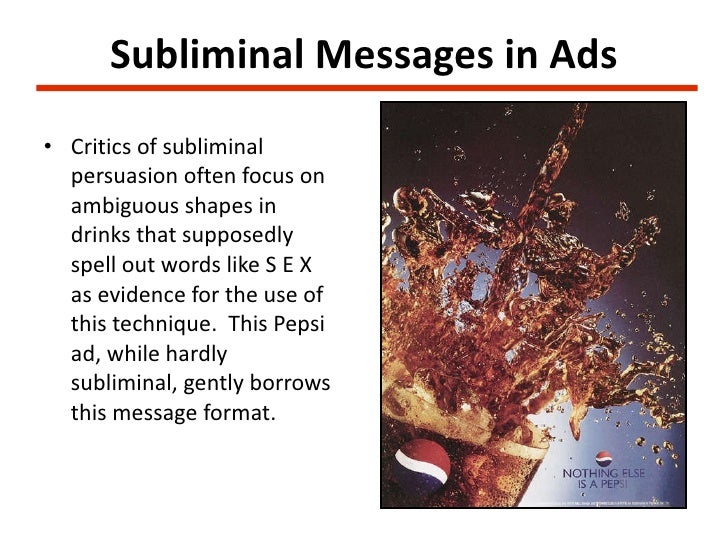

Projection - you see your unacceptable feelings in others.Reaction formation - behaving in a way that's opposite of what you're feeling.Repression - the feeling is pushed into the unconscious.These are mental processes that typically happen on the subconscious level. These are the processes that the ego uses to resolve the conflicts between the id and superego. Freud's daughter Anna outlined a set of what she called defense mechanisms. Otherwise, they can drastically lower your self-esteem and cause anxiety or depression. The mind needs a way to hide its internal drives and feelings. When the urges of the id conflict with the demands and morals of the superego, the ego typically finds a way to resolve the conflict. The ego is the realistic part of the psyche. The superego is the part of the psyche that is critical, composed of ideas gained from cultural learning. The id is where the instincts and primitive urges reside. Freud believed that the human psyche has three components: the id, the ego, and the superego.

The term "defense mechanism" comes from the psychoanalytic theory of Sigmund Freud. Other aspects of his theories have fallen out of favor, but the idea of defense mechanisms used by the mind for self-protection is still a very influential concept, particularly in social psychology and by those taking a cultural psychological approach. Freud’s sublimation theory is said to come from a story he’d read about a young man who cut off puppy dog tails and later became a surgeon-the idea of sublimation being that you take an initial impulse that is negative and turn it into something that can have a positive effect.Īlthough Freud's psychoanalytic theory is far less popular today than it was in Freud's own time, many psychological concepts come from his work. In other words, the instinctual impulses were channeled into non-instinctual pursuits. In sublimation, Sigmund Freud believed that energy was derived from the desires of the id, particularly sexual urges, being transformed into thoughts and activities that were socially valued. Sublimation has been a useful component of understanding behavior in social psychology interpersonal psychoanalysis, Freud's Idea Of Sublimation Sublimation is a psychological defense mechanism that an individual may use to channel those unacceptable feelings and urges into something harmless and possibly even productive and beneficial. At some time in their lives, virtually everyone has urges and desires that are socially unacceptable or problematic in other ways. Researchers in another study found that subliminal messaging can be effective when it comes to motivating people – but only if the subliminal message matches a biological need and if the behaviour is associated with a positive effect.Learn Coping Mechanisms In Therapy Sublimation - Psychology Definitionįor sublimation psychology offers a definition that relates to human urges and behaviors.

“We have shown that people can perceive the emotional value of subliminal messages and have demonstrated conclusively that people are much more attuned to negative words.” “There has been much speculation about whether people can process emotional information unconsciously, for example pictures, faces and words,” Professor Nilli Lavie, who led the study, said. Likely, this is due to evolution and humans being quicker to respond to danger signals, researchers found. One study found that subliminal messaging worked, but is most effective when the message being conveyed is negative. However, with searches around subliminal messaging up by more than 100% in the past 12 months alone, the idea seems to be having a renaissance of sorts. In a nutshell, the jury is still out on this one. It stated, “whether effective or not, were contrary to public interest, and that any station employing subliminal messages risked losing its broadcast license”. So much so that in 1974, the Federal Communications Commission (FCC) banned subliminal advertising from radio and television broadcasting.

While some remained sceptical over whether the techniques were as effective as Vicary claimed, the concept took hold. Vicary later claimed the messaging had lead to a 18.1% increase in Coca-Cola sales and a 57.8% jump in popcorn purchases. That same year, James Vicary conducted a study during film screenings with words such as ‘Drink Coca-Cola’ and ‘Hungry? Eat popcorn!’ flashing across the screen for 1/3000th of a second (below the threshold of conscious perception) every five seconds. The Hidden Persuaders by Vance Packard introduced the idea of advertisers using subconscious messaging to influence consumers. Where does the idea of subliminal messaging come from?


 0 kommentar(er)
0 kommentar(er)
